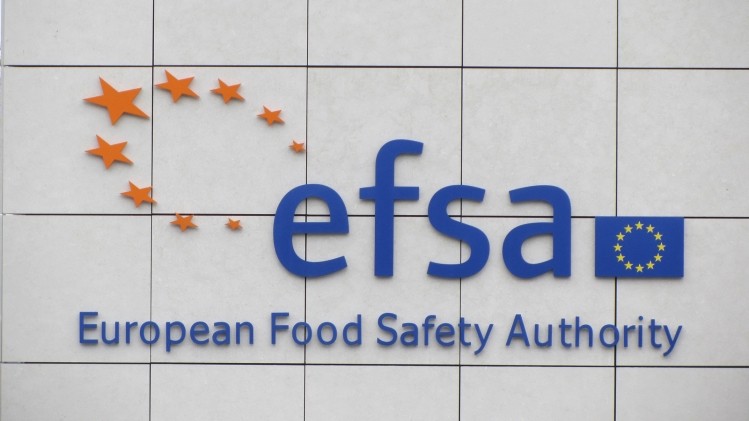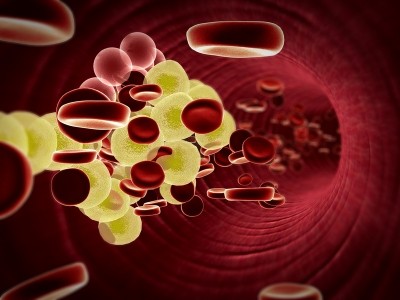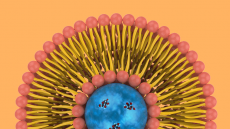EFSA panel endorses draft dietary refs for folate, niacin and selenium

The European Food Safety Authority’s (EFSA) panel for Dietetic Products, Nutrition and Allergies (NDA) concluded on a population reference intake of 330 µg dietary folate equivalents (DFE) per day. For pregnant women this was set at 600 µg DFE/day, although it was acknowledged that the data was weaker than that for non-pregnant adults.
For selenium the panel set an adequate intake of 70 µg per day for adults, with an extra 15 µg a day added for lactating women to account for losses through breast milk.
For niacin (vitamin B3) – already passed through a six-week period of public consultation for which only three comments were received – the scientific panel opted for an average requirement of 1.3 mg of niacin equivalent (NE) per mega joule (MJ), translating to 5.5 mg NE per 1,000 kcal. Within this last opinion it stuck with the Scientific Committee on Food’s 1993 population reference intake of 1.6 mg NE/MJ (about 6.6 mg NE/1,000 kcal), assuming a coefficient of variation of 10% to account for population variability.
Dr Daniela Strohm, attending the open plenary on behalf of the German Nutrition Society (DGE), told NutraIngredients she was relieved to hear that EFSA’s conclusions for folate were not dissimilar to her organisation’s.
After performing its own evaluations, the DGE lowered the national recommended daily intake from 400 µg to 300 µg in 2013. She said the reduction had been a source of some tension since national recommendations can often have a commercial impact for the supplement industry, and if EFSA’s decision had veered significantly from its own questions may have been raised. She said the DGE was currently in the process of setting recommendations for the other two nutrients, for which it was not obliged to follow EFSA’s lead.
The folate and selenium draft opinions will now be opened up for public consultation, while the niacin opinion will be forwarded on to the Commission and member states.
Folate sticking points
Discussing the difference between folate and folic acid, the panel changed the wording of the proposed opinion from “equivalent to” to “comparable with”. This concept of dietary folate equivalents was a sticking point for the panel’s discussion at the panel plenary open to NGOs, press, trade associations and companies, with the board eventually agreeing that “the difference in bioavailability between food folate and folic acid needed to be accounted for”.
At EFSA’s base in Parma, Italy, there was also discussion around the degree of coefficient of variation needed. The panel expressed concern that while it may be true that adjustments were needed generally in order to account for the higher requirement for folate in individuals of a certain genotype (MTHFR 667C→ T polymorphism), it was unclear how many of the participants of the trials included were of this genotype and therefore there was a risk of overcompensation with the proposed coefficient of variation of 15%.
DGE’s Dr Strohm said this had been an issue for her team also, but that in the end they had decided not to use a coefficient of variation for fear of double adjustment. She said that with more recent studies genotypes would always be recorded, but this was not always the case historically.
EFSA changed the working group’s original proposition for an adequate intake for children aged seven to 11 months from 90 µg DFE/day to 80. This was “extrapolated upwards from the estimated folate intake with breast milk of younger exclusively breast-fed infants and taking into account differences in reference body weights”.
Selenium biomarkers
The panel said that because of “uncertainties of available data” on the relationship between selenium intake and selenoprotein P (SEPP1) – which plays a key role in selenium supply to tissues and participates in the regulation of selenium metabolism – it was not possible to produce an average requirement for the nutrient. Instead it produced its adequate intake of 70 µg per day for adult men and women.
The main issue for the panel with selenium was finding an adequate bio marker – with some discussion of the idea of a “levelling off” or “plateauing” of the nutrient as it "pooled" in certain organs. There was speculation as to whether this would be “a good thing at upper levels”. It said, unlike iron, there was no concern around saturation as it could be excreted through urine.
The NDA panel also noted that there was a "big variation of absorption from food to food, so we can't say [levels] for a whole diet from the studies".
The selenium discussion spilled over its assigned time slot into the second day of the plenary before being endorsed by the panel on Friday.















